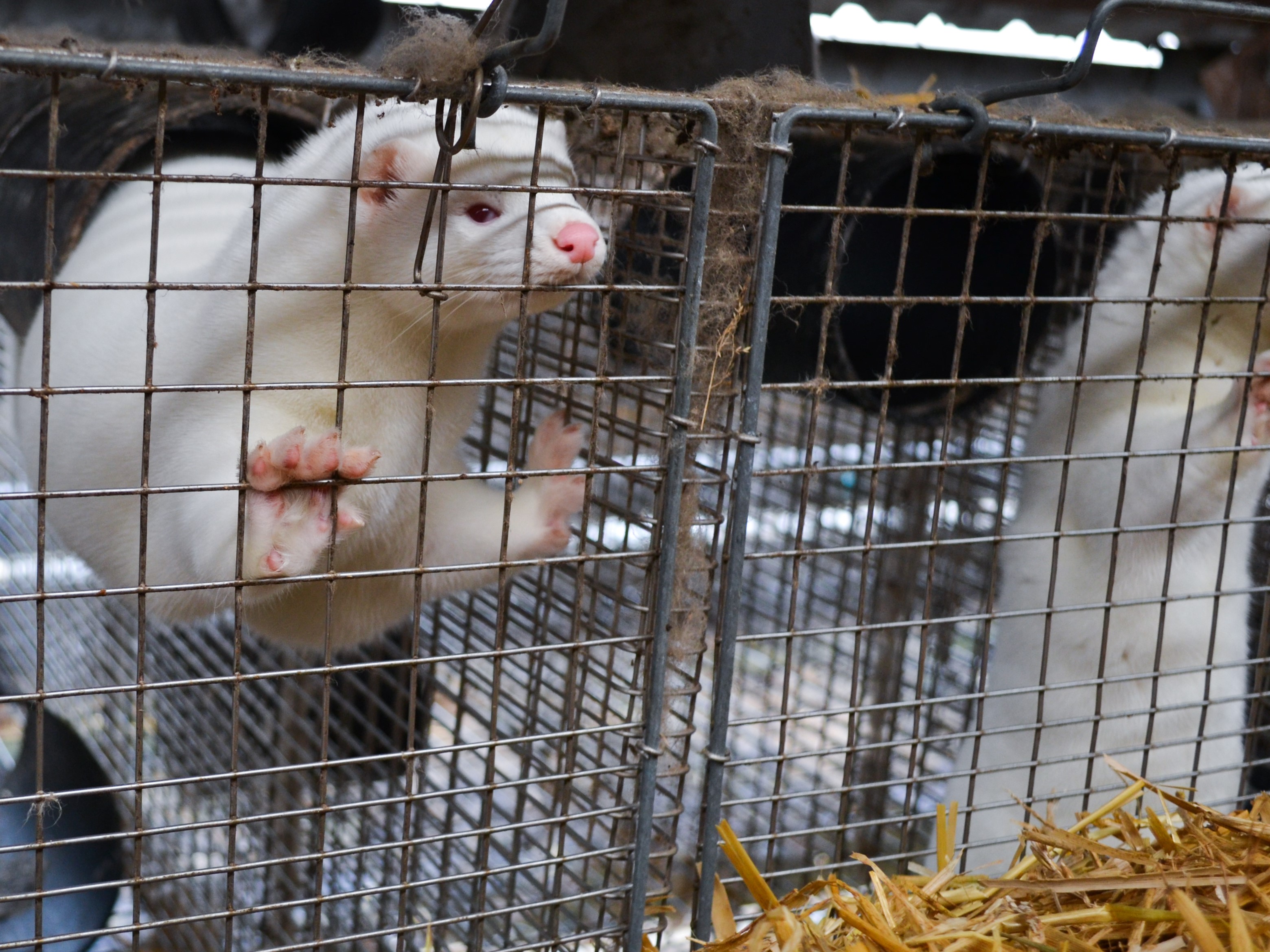
November 9th 2020
More than 17 million mink are to be culled in Denmark due to fears that a mutated form of Covid-19, which has passed from mink back to humans, could pose a risk to the effectiveness of a coronavirus vaccine. Covid-19 has continued to circulate in mink fur farms in Denmark despite efforts to cull infected animals. With the discovery that a Covid-19 mink variant has spread to humans, the Danish Prime Minister announced, on 4th November, a nationwide cull of all mink and a temporary cessation of mink farming. Danish scientists are particularly concerned that the variant, already identified in 12 people, could be less sensitive to antibodies against the virus, raising concerns about vaccine development.
Sadly, this scenario is not entirely surprising. Virologists have expressed concern about “reverse spillover” – the potential for humans to pass Covid-19 to other species which, in turn, could become new reservoirs of the disease. Mink belong to the same family as ferrets which are known to be sensitive to respiratory viruses and are frequently used as a model organism for studying the pathogenicity and transmissibility of viruses. Susceptibility of mink to infection by Covid-19 is therefore not unexpected. Indeed, in the Netherlands, farmed mink were reported to have contracted Covid-19 from infected humans as early as April. Given the large numbers of mink crammed together in poor welfare conditions on fur farms, the conditions are ideal for rapid rival transmission and mutation as it spreads.
The implications of the Covid-19 mink variant have not yet been evaluated by the international scientific community, but Denmark’s precautionary action serves as yet another animal welfare wake-up call. More than 60% of emerging infectious diseases in humans are zoonotic, meaning they are diseases that have jumped from animals to humans, either directly or through an intermediate host. Human health and animal health are inextricably tied together and just as industrial-scale factory farmed meat production increases the risk of disease transmission to humans, so too does the continued existence and appalling welfare conditions of fur farms.
On the bright side, this ruling in Denmark might be a turning point in the mink fur industry. Over 50 million mink are bred for their fur each year, with Denmark being the world’s largest producer. While the mink cull does not represent a ban of fur farming, perhaps fur farmers will now have an opportunity to transition away from this cruel and frivolous industry.